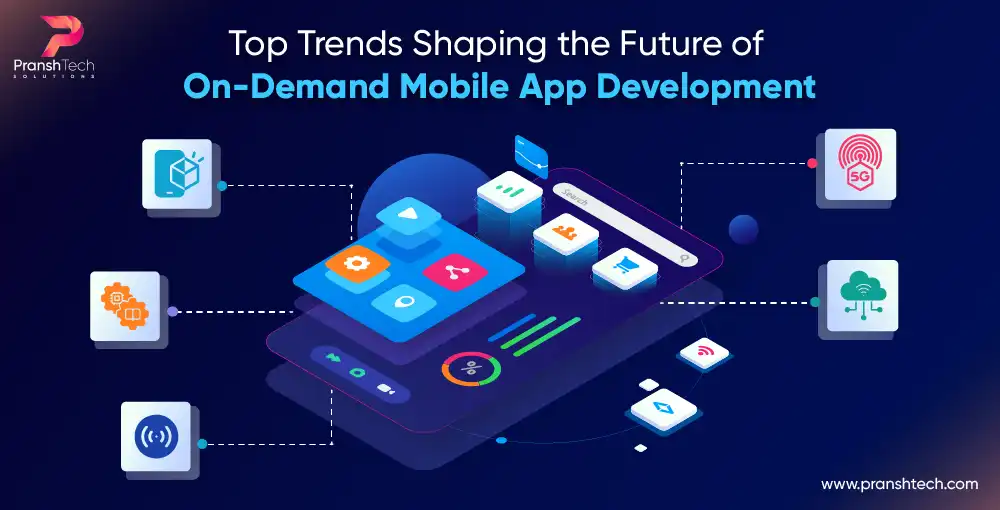Posts by - Dhaval Gajjar

Budgeting for Success: Strategies for Managing Software Development Costs in 2024
These days, custom software development has become more popular than ready-to-use software. Custom-made software is flexible, scalable, and provides a more personalized experience. They streamline operations, leading to improved consumer [...]
 Dhaval Gajjar
Dhaval Gajjar May 14, 2024






